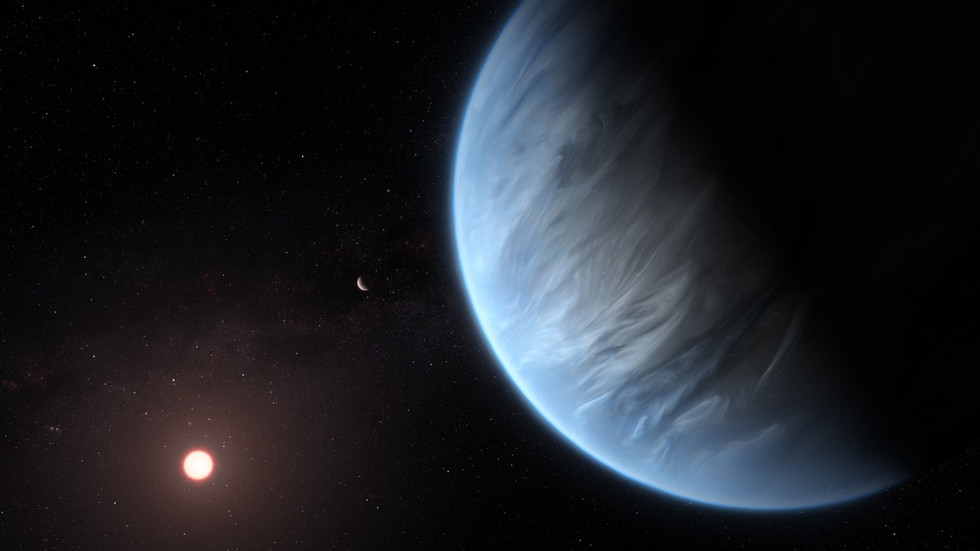
A group of astronomers may have found Earth’s long-lost cousin, discovering the first ever “habitable” terrestrial planet with water in its atmosphere, according to new research aided by the Hubble telescope.
Known as K2-18 b, the mysterious exoplanet is twice the size of Earth with eight times its mass, but its atmosphere could help answer burning questions about the possibility of life beyond our solar system. A research paper on the new find was published in the Nature Astronomy journal on Wednesday.
“Finding water in a potentially habitable world other than Earth is incredibly exciting,” said Angelos Tsiaras of University College London, the study’s lead author.
It brings us closer to answering the fundamental question: Is the Earth unique?
However, Tsiaras added that the planet should not be considered an “Earth 2.0,” because “it is significantly heavier and has a different atmospheric composition.”
First discovered in 2015, K2-18 b resides in the “habitable zone” – also known as the “Goldilocks Zone” – of a distant solar system, sitting at just the right distance from its red dwarf star to maintain liquid water on its surface. The researchers noted that the planet’s star, which is smaller and cooler than Earth’s sun, may emit deadly radiation, potentially making the world hostile to life as we know it.
Water vapor had previously only been discovered in the atmospheres of super-hot gas giants, like Jupiter.
Though humans are unlikely to ever set foot on the remote world with current technologies, astronomer Jonti Horner of the University of Southern Queensland told ABC the discovery would help researchers understand other Earth-like planets going forward.
“The fact we can now make observations that allow us to work out what’s in the atmosphere of a planet twice the Earth’s radius, orbiting a star that is just over a quadrillion kilometers away, is just amazing,” Horner said.

